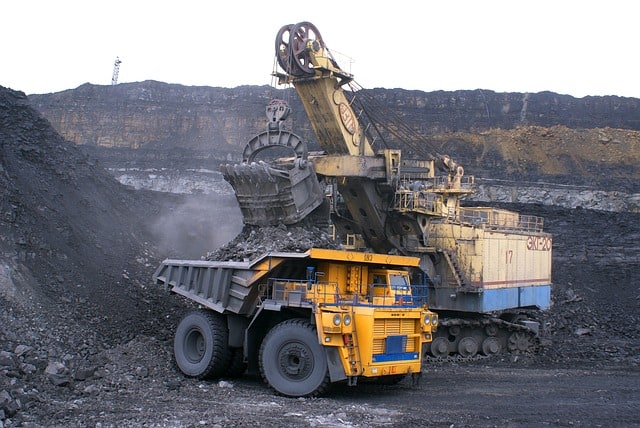The world’s consumption of materials has crossed 100bn tonnes every year, but the proportion that is being recycled is gradually falling, a report has revealed.
The unsustainable extraction of fossil fuels, building materials, metals, and cutting down trees is wrecking the planet resulting in climate and wildlife emergencies. Treating the resources of this planet as limitless is leading towards global disaster, the report’s authors warn.
Since 1970, the use of materials by the global economy has quadrupled, far faster than the population, which has doubled. Last two years, the consumption has jumped over 8%, but the reuse of resources has reduced from 9.1 to 8.6 percent.
The report launched by the Circle Economy, the thinktank, at the World Economic Forum in Davos, shows on average, every person on Earth uses more than 13 tonnes of materials per year. However, some nations are taking steps towards circular economies, the report found. In this case, renewable energy develops systems where waste and pollution are reduced to zero.
“We risk global disaster if we continue to treat the world’s resources as if they are limitless,” said Harald Friedl, the chief executive of Circle Economy. “Governments must urgently adopt circular economy solutions if we want to achieve a high quality of life for close to 10bn people by mid-century without destabilizing critical planetary processes.”
Marc de Wit, the report’s lead author, said: “We are still fuelling our growth in population and affluence by the extraction of virgin materials. We can’t do this indefinitely – our hunger for virgin material needs to be halted.”
As per the report, the latest data that is available is that 100.6bn tonnes of materials were consumed in 2017. Half of the total is comprised of sand, clay, gravel, and cement used for building, along with the other minerals quarried for manufacturing fertilizer. Coal, oil, and gas make up 15%, metal ores 10%, and the rest one-fourth are plants and trees used for food and fuel.
The greater share of the materials, i.e., 40% put to housing. Other significant categories include food, transport, healthcare, communications, and consumer goods, such as clothes and furniture.
Out of the materials consumed annually, only one-third of it remains in use after a year, such as buildings and vehicles. However, 15% is emitted in the form of climate-warming gases into the atmosphere, and almost 25% are discarded into the environment, e.g., plastics in water bodies and oceans. Around one-third of materials is treated as waste that goes to landfill and mining spoil heaps. Only 8.6% is recycled.
“This report sparks an alarm for all governments,” said Carolina Schmidt, Chile’s environment minister. “We need to deploy all the policies to really catalyse this transformation [to a circular economy].”
Cristianne Close of the conservation group WWF said: “The circular economy provides a framework for reducing our impacts, protecting ecosystems and living within the means of one planet.”
However, recycling at an increasing rate can make economies more competitive, help improve living conditions, meet emissions targets, and avoid deforestation. It reported that 13 European countries, including France, Germany, and Spain, have adopted circular economy roadmaps. Colombia became the first Latin American country that launched a similar policy in 2019.
China aimed to encourage domestic recycling by declaring a ban on waste imports, the report said, but that prompted Australia and other countries which previously exported its waste to China to develop circular economy strategies.
Janez Potočnik, a former European environment commissioner and the co-chair of the UN Environment Programme international resource panel, said the world is required to learn how to do more with less and replace ownership with sharing, as is increasingly becoming familiar with cars.






